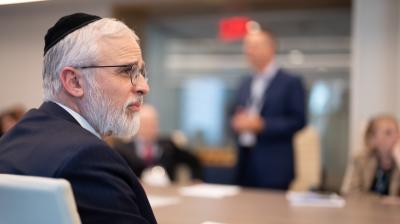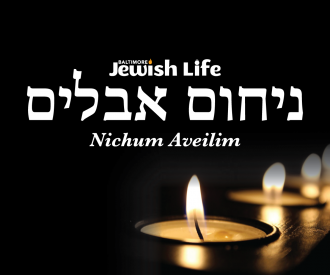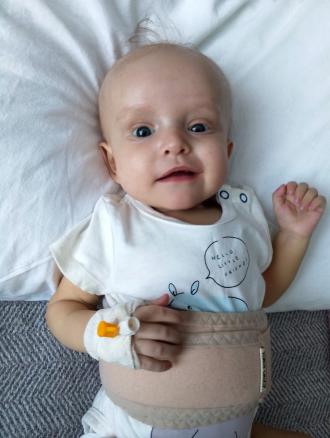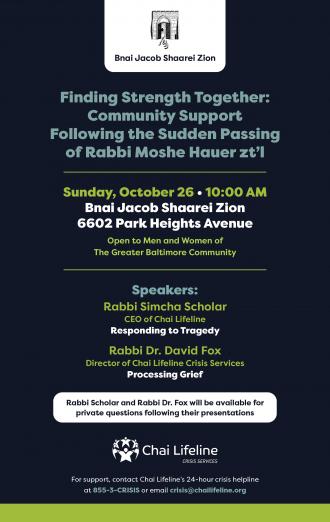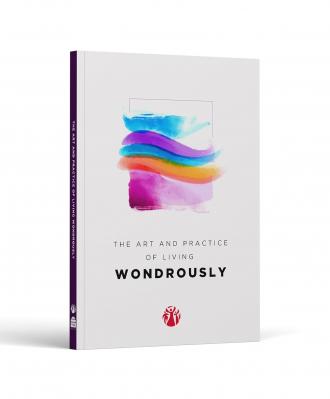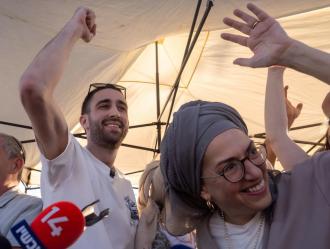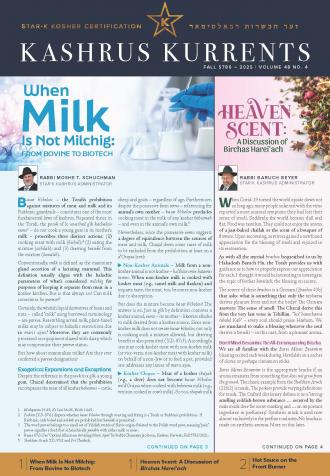New York, NY - Oct. 28, 2025 - Earlier this month, Rabbi Moshe Hauer, executive vice president of the Orthodox Union unexpectedly passed away at 60. The OU is the largest umbrella organization for Orthodox Jews and Rabbi Hauer has been its face and voice to the world since 2020.
Rabbi Hauer’s tragic death has drawn tributes from a wide range of organizations and personalities, including the Presidents of the United States and Israel. His passing has also evoked emotional responses from religious leaders of other faiths and denominations. In a world where disagreement and ideological division seem like impenetrable barriers to productive communication, Rabbi Hauer broke through the walls of division to find partnership on common causes and thoughtful understanding on areas of disagreement.
Rabbi Hauer was also my client. I lead my agency’s media relations and thought leadership efforts on behalf of the OU. Since his passing I’ve been reflecting on some of the lessons I’ve learned from him as a communicator and a person.
Integrity above all else
Just two weeks ago I received an email from a reporter looking for reaction to guidance issued by US Customs and Border Protection about the palm leaves and citrus fruits that Jews use in prayer services for the holiday of Sukkot. The guidance gave direction to officers on how to appropriately handle and clear these items at border crossing.
The story was a perfect fit for the OU. I took the inquiry to Rabbi Hauer, and immediately received an unexpected response. He said the guidance was a project of a different organization, “for which they deserve the credit and press.”
Could we have let the reporter know this and also given a statement or interview, sure. But Rabbi Hauer was not interested in newsjacking. Looking back now it’s clear that his unshakable goal in communicating to and through the media was to effect change. Inclusion in a story about another organization's initiative didn’t meet this goal, so we passed.
Pausing is a strength
In any interview that Rabbi Hauer participated in that wasn’t for broadcast you could reliably expect a pause. Sometimes the pause was at the start of the call to collect his thoughts on the interview topic after coming from unrelated meetings. Other times the pause would be after hearing a question he hadn’t considered. There were times that the pause would come mid-answer to the reporter's question. But there was usually a pause.
I never coached him away from the practice because for him taking the time to think always resulted in a better response.
Since his passing, in discussions with reporters that covered his work, his pauses have come up several times. Reporters saw the pause, among other indicators, as a sign of uncommon thoughtfulness and empathy. They appreciated that he took seriously the weight of what they were discussing. Rabbi Hauer was often being interviewed about security for the Jewish community amid rising antisemitism, the plight of the hostages taken on October 7th or some other issue of critical importance to the community. His humility and sincerity was readily apparent to those who spoke to him.
Reframing as a cornerstone of communication
Rabbi Hauer communicated on his own terms. When a reporter asked a question of him, they were unlikely to get a yes, no or even a one sentence answer. This wasn’t because they were talking to a lifelong pulpit rabbi that didn't know when to wrap up a sermon, it was because Rabbi Hauer was skillfully giving the reporter the context and understanding they didn't know they needed.
Several months ago Rabbi Hauer gave an interview on the Jewish perspective of new age burial practices. The talented journalist interviewing him had very little prior knowledge of Jewish laws and customs related to death and mourning. With Rabbi Hauer as the Orthodox rabbinical source in the article, I expected much of the discussion to center on what is permissible and forbidden within Jewish law related to new and emerging practices of burial.
Minutes into the call it was clear that Rabbi Hauer hadn’t come to the interview to serve as a decisor of Jewish law, but to share the beauty of the Jewish traditions of mourning. He took the reporter on a bird’s eye journey of a mourner through their year of mourning. He described how burying the dead is the ultimate act of kindness because the individual can’t repay the act. He talked about the shift from living to memory and from speaking to your loved one to speaking about your loved one.
He turned his expected role on its head. The conversation shifted from what was allowed within the law to what was compatible with the ancient traditions that have brought comfort for thousands of years.
Reframing wasn't a savvy media relations tactic, it was Rabbi Hauer's way of making you see a picture much bigger than you were imagining. This was true in how he spoke about death and mourning and loneliness as well as antisemitism and his unwavering support for Israel.
In Jewish tradition we say of the deceased that their memory should be a blessing. The person's memory and inspiration should live beyond them, bestowing lessons and wisdom on the next generations. All communicators and leaders can benefit from Rabbi Hauer’s example.
David Weissmann is VP Media Strategy at Gova10 .
